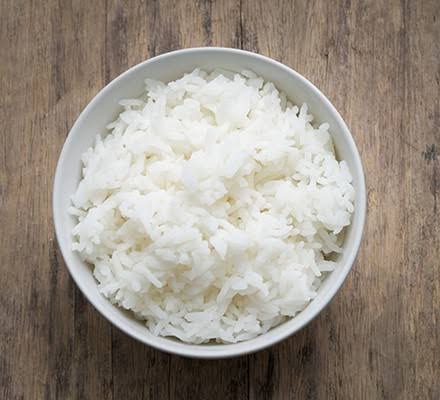Diabetes is a chronic metabolic disorder characterized by high blood sugar levels. It occurs when the body fails to produce enough insulin, a hormone that regulates blood sugar levels, or when the body cannot use the insulin it produces effectively. People with diabetes need to be mindful of their diet and lifestyle choices to keep their blood sugar levels in check. One common question that arises among people with diabetes is whether they can eat rice. In this article, we will explore whether someone suffering from diabetes can eat rice.
According to WebMD. Rice is a staple food in many cultures and is a good source of carbohydrates. However, it is also high in starch, which can lead to a spike in blood sugar levels. For people with diabetes, consuming high amounts of carbohydrates can be a challenge, as their bodies cannot regulate their blood sugar levels effectively.
The glycemic index (GI) is a measure of how quickly carbohydrates are broken down and absorbed by the body, leading to a rise in blood sugar levels. Foods with a high GI value are broken down quickly, leading to a rapid rise in blood sugar levels. Rice has a high GI value, which means it can cause a sudden spike in blood sugar levels, making it potentially problematic for people with diabetes.
However, this does not mean that people with diabetes cannot eat rice. The key is to consume rice in moderation and choose the right type of rice. For example, brown rice has a lower GI value than white rice, as it is less processed and contains more fiber, which slows down the absorption of carbohydrates. This makes brown rice a better option for people with diabetes.
Portion control is also crucial when it comes to consuming rice. Eating small portions of rice, along with other low-GI foods such as vegetables and protein, can help to prevent blood sugar spikes. Additionally, it is important to eat slowly and mindfully, allowing the body to digest the food properly.
Another way to incorporate rice into a diabetes-friendly diet is to choose other grains with a lower GI value, such as quinoa or bulgur. These grains can be used in place of rice in many dishes, providing a healthy source of carbohydrates that is less likely to cause blood sugar spikes.
People with diabetes can eat rice, but they need to be mindful of portion sizes and choose the right type of rice. Brown rice, along with other low-GI grains, can be a healthier option for people with diabetes. It is also important to consume rice along with other low-GI foods and to eat mindfully to prevent blood sugar spikes. By making informed choices about their diet, people with diabetes can manage their condition effectively and live a healthy life.






